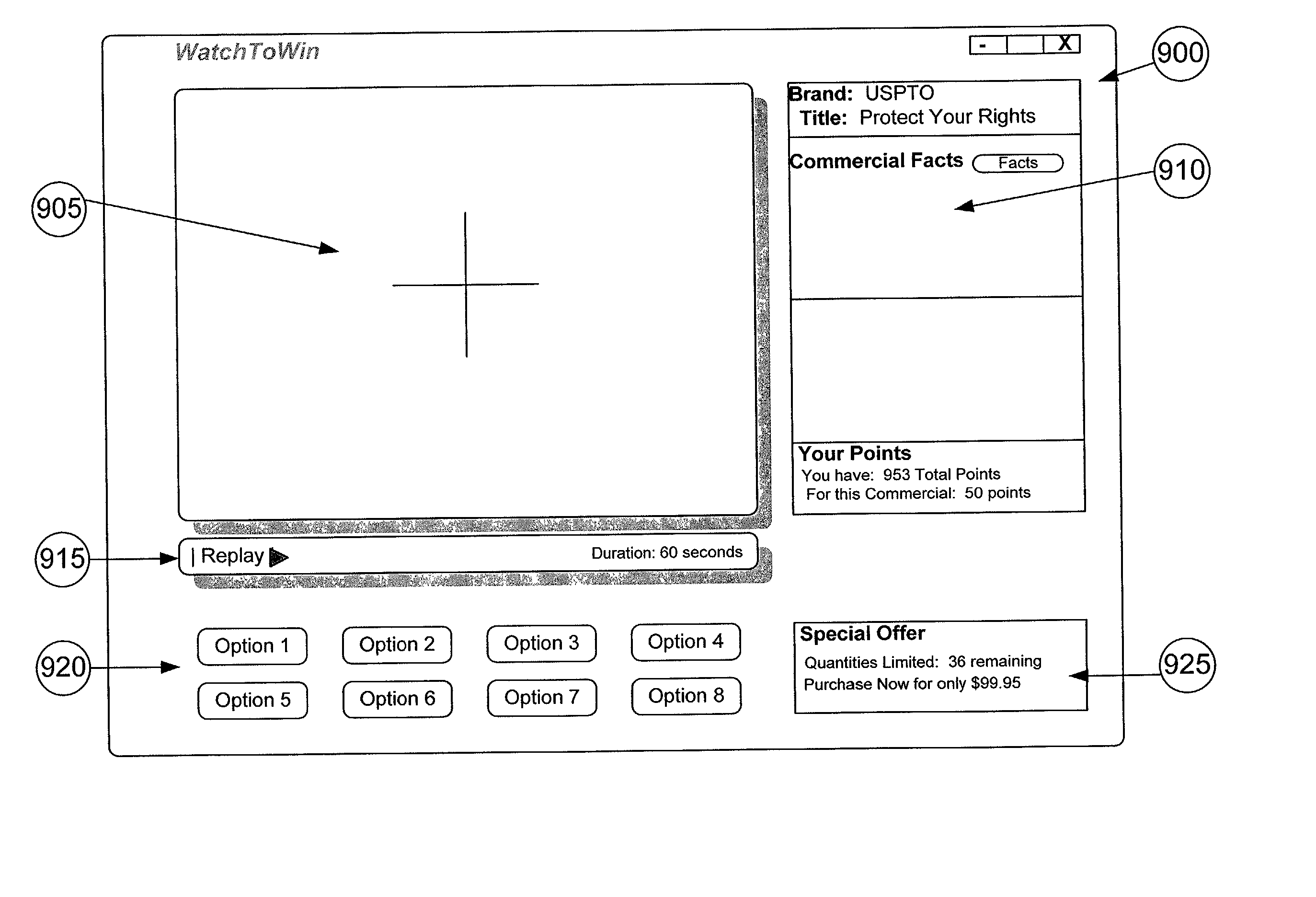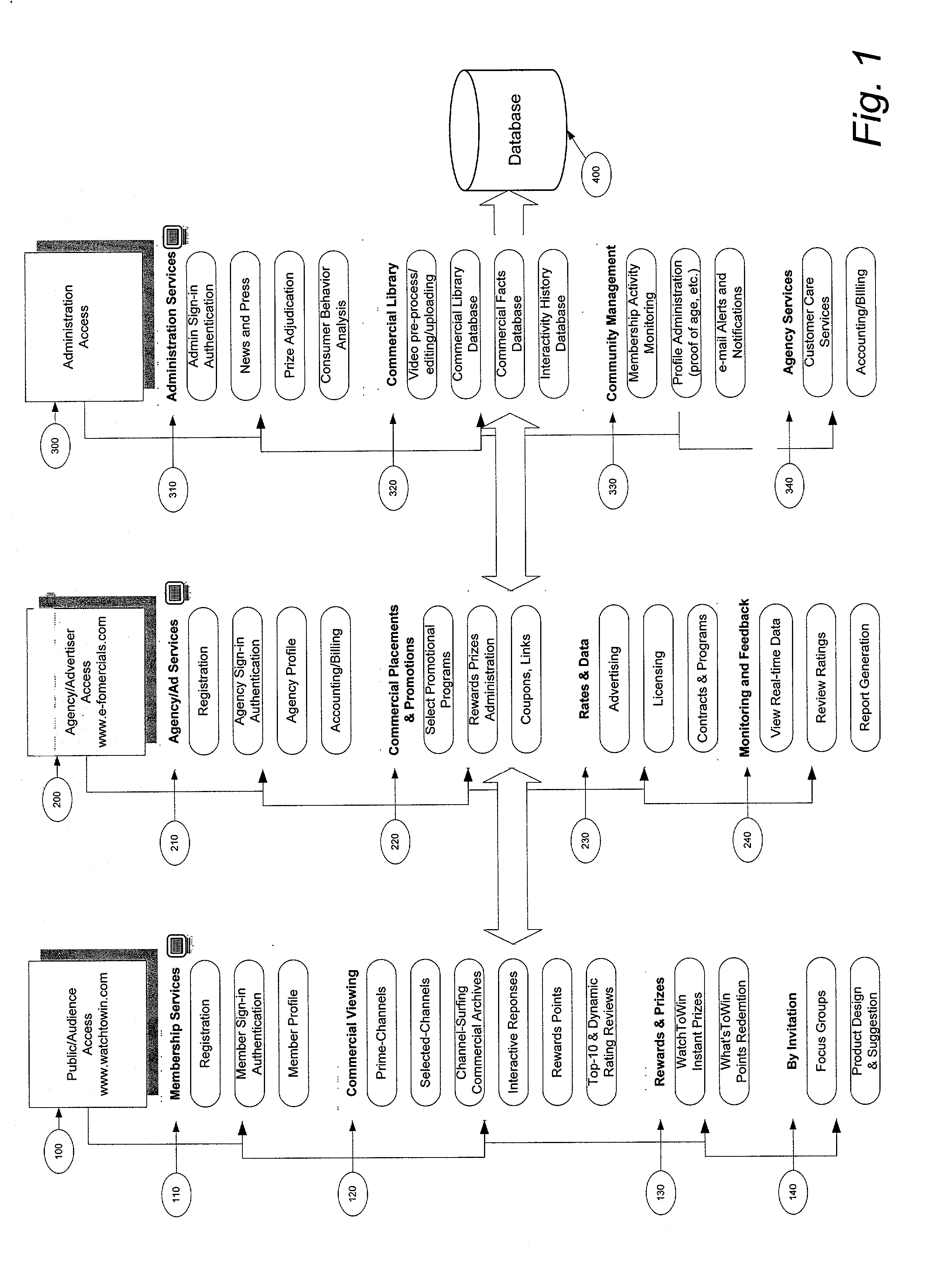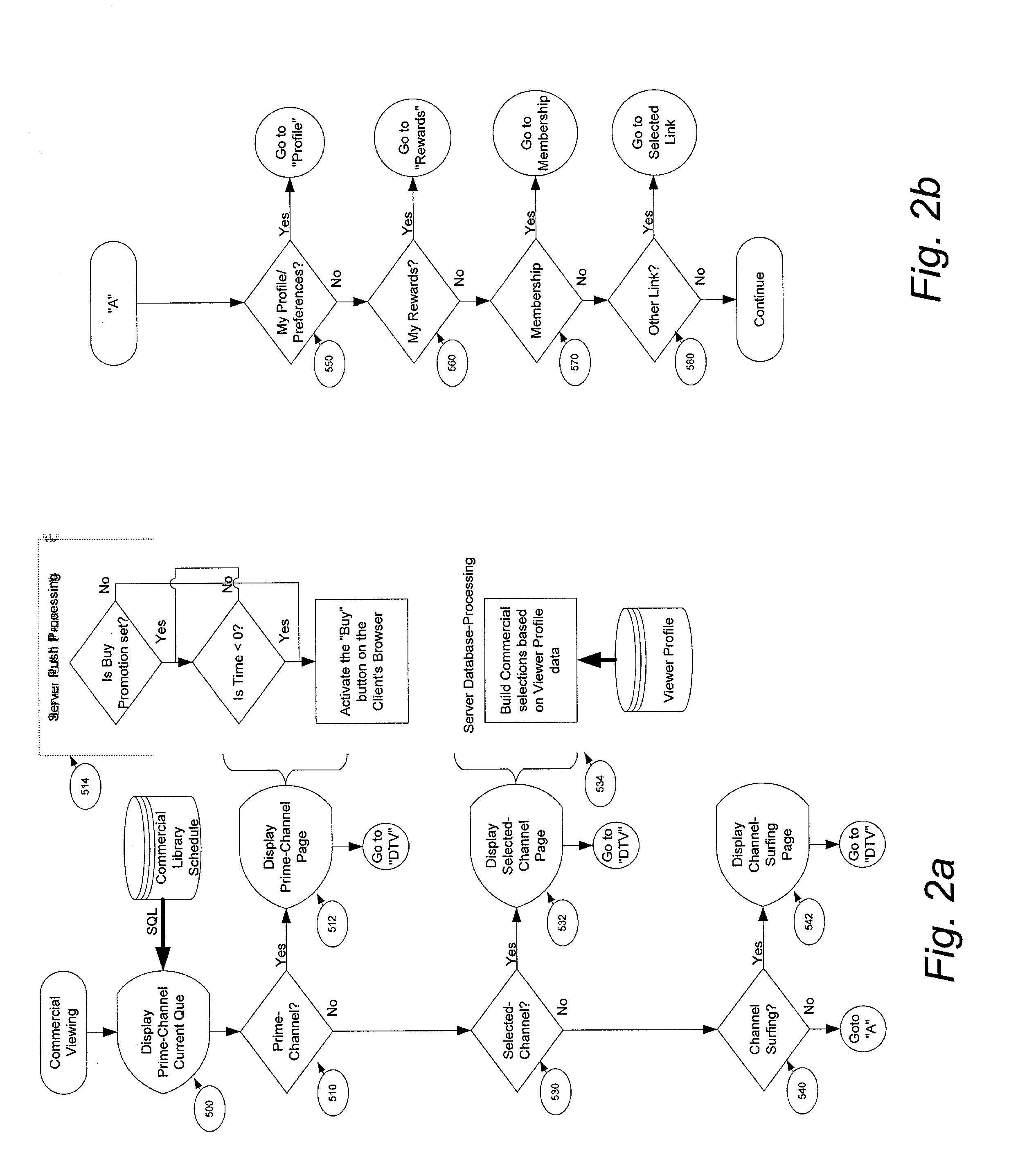Interactive marketing and advertising system and method
- Summary
- Abstract
- Description
- Claims
- Application Information
AI Technical Summary
Problems solved by technology
Method used
Image
Examples
Embodiment Construction
[0022] In the detailed description that follows, like element numerals are used to describe like elements illustrated in one or more of the aforementioned figures.
[0023] Referring first to FIG. 1, a preferred embodiment of an interactive delivery system is provided. The system provides a networked environment for each type of user of the system, including a public audience 100, agencies and advertisers 200, and one or more administrators 300. Certain interactions between the users and the system are recorded in a relational database 400. The relational database 400 includes at least one database server 10 (see FIG. 6), executing relational database management software.
[0024] A preferred embodiment of the system will now be described with reference to FIG. 6. The public audience includes viewers who operate network devices 1 such as computers, Wireless Application Protocol (WAP) devices, cable set top boxes, Internet appliances, satellite television systems or other devices that are ...
PUM
 Login to View More
Login to View More Abstract
Description
Claims
Application Information
 Login to View More
Login to View More - R&D
- Intellectual Property
- Life Sciences
- Materials
- Tech Scout
- Unparalleled Data Quality
- Higher Quality Content
- 60% Fewer Hallucinations
Browse by: Latest US Patents, China's latest patents, Technical Efficacy Thesaurus, Application Domain, Technology Topic, Popular Technical Reports.
© 2025 PatSnap. All rights reserved.Legal|Privacy policy|Modern Slavery Act Transparency Statement|Sitemap|About US| Contact US: help@patsnap.com



